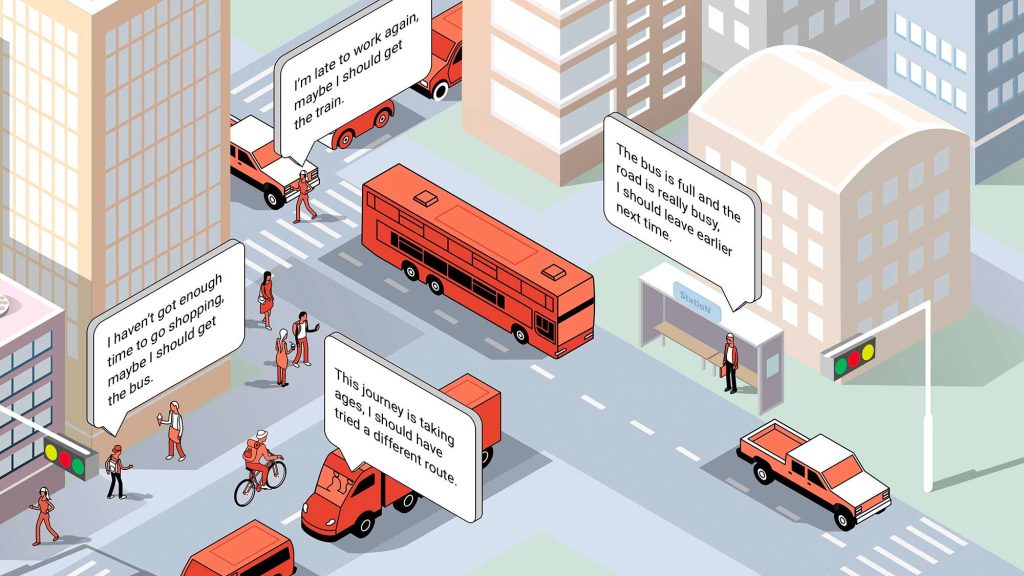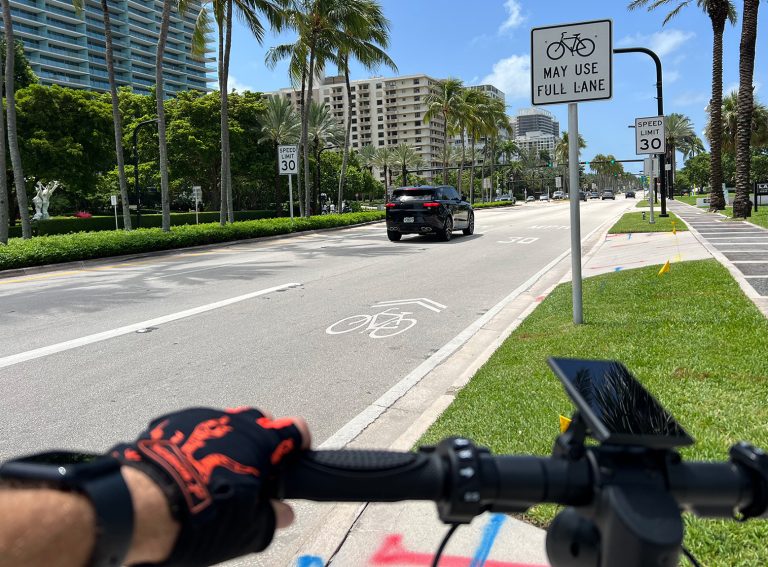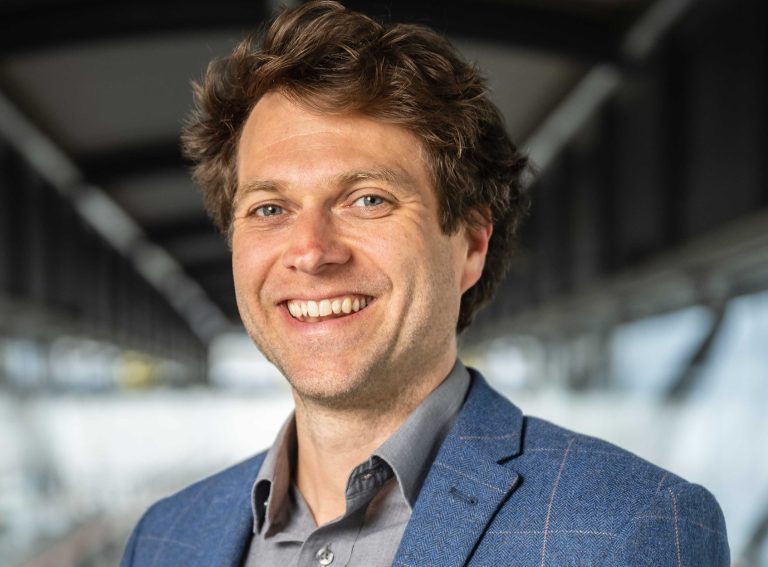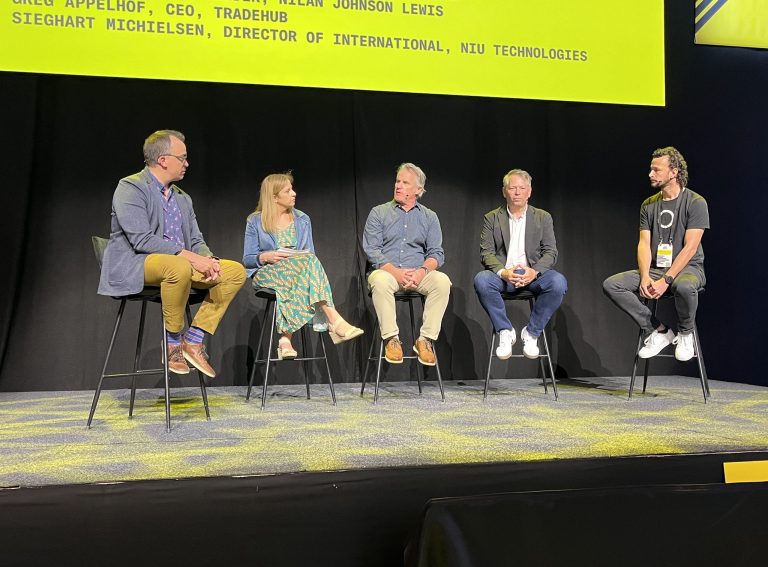Author: Nick Bec, City Modelling Lab Business Lead, Arup
Active travel is a crucial part of how we get around. Short trips are dominated by walking, and many of our longer journeys involve active modes; we cycle to and from the train station or between bus stops to make a transfer. Walking and cycling is such an important part of how we travel that Active Travel England wants 50% of trips in England’s towns and cities to be walked, wheeled, or cycled by 2030. Active modes offer low-cost, low-carbon alternatives to driving, and can provide numerous health benefits, in addition to improving the performance of the transport network.
However, active travel is often overlooked in decision making because its impacts and benefits can be hard to quantify compared to large scale infrastructure schemes which impact huge numbers of people. For active travel to be seriously considered as part of the future transport mix, decision makers need to understand its full potential. To do this, we need to break down modal silos and show all of the benefits active travel can create.
Simulations can show the benefits of active modes
This is where transport simulation, or agent-based models (ABMs) come in.
ABMs are a way of simulating populations of virtual people (agents), and their transport choices as they try to complete a full day of activities. They can choose how to travel across private, public, and active modes of transport. They can also choose their routes and when they start their journeys. As these virtual people interact with one another and the transport network, we see complex responses and emergent behaviour across the system that are the same as those we see in the real world.
This ability to represent multi-modal trips and focus on people is what makes an ABM different from traditional models, and the level of detail lets us quantify the benefits of active travel investment. For example, in one client project we improved the appeal of walking and cycling in the simulation and saw a 5% increase in the use of trains. This illustrated that there were barriers to the use of rail that were about access to stations and boosts the case for improving station access by active modes. A 5% increase in rail trips is a much more compelling case for investment in cycling than a more qualitative justification.
With the amount of detail available in the simulations, we can also look at how different policies impact carbon emissions by calculating a profile for every vehicle based on transport mode, engine type (if applicable), speed, and distance for every trip in our simulation. We can also look at how different groups of people are impacted – we tend to see that people on lower incomes benefit most from active travel, and that road tolls tend to be less effective at changing the behaviour of higher income people. Neither of these are necessarily revelations in transport policy, but our ability to easily quantify these impacts and look at how they interact with one another sets the simulation-based approach apart.
Arup’s city modelling lab
Over the last five years, Arup has invested in developing our ability to build and analyse these ABMs through our City Modelling Lab team. This has been a massive undertaking and involved building new tools and approaches, and working at the intersection of research and implementation. The way we work is slightly different because we take a more software and research focused approach. This means we’ve been able to take things that were previously purely academic insights, implement them, and bring them to bear on client problems. If we are to have an impact, we need to get the state of the art in the hands of decision makers as quickly as possible.
Since the Lab was founded, we have built large-scale models for cities, regions, and even whole countries globally. We collaborate extensively with academia and publish a large (and growing) proportion of the software that we develop under an open source licence. This helps increase the use of our tools and opens up our work to critique and wider contribution. It also makes the outputs of our work more transparent, which is very important if they are going to underpin policy decisions. Collaborating with our clients to answer their questions is core to our work, but with every project we push the boundaries on what is possible with modelling and contribute our understanding back to the wider community. This commitment to reuse and sharing is what makes our approach different.

We have a big focus on active travel in our models, as this tends to be an area that isn’t well served by other approaches, and we have built a range of software to allow more realistic active mode simulation. The team is also tackling challenges around post-pandemic travel patterns, electric vehicles, and road user charging to help shape long term policy making.
A better, more active, future for transport
A successful future for transport and mobility means we think about how people can best travel using various modes and combinations of modes. Simulations allow planners and decision makers to properly articulate the vital role of active travel as part of the wider transport system. If we succeed in this, active modes will come to play a bigger part in future transport policy, infrastructure, and investment. In turn, this will improve the performance of all modes and allow us to deliver more equitable, sustainable and effective transport.








